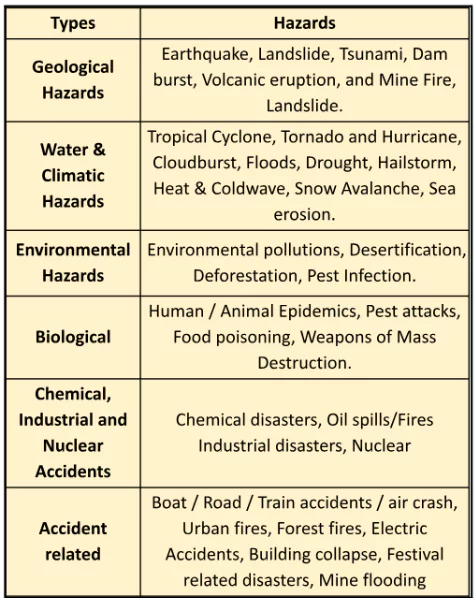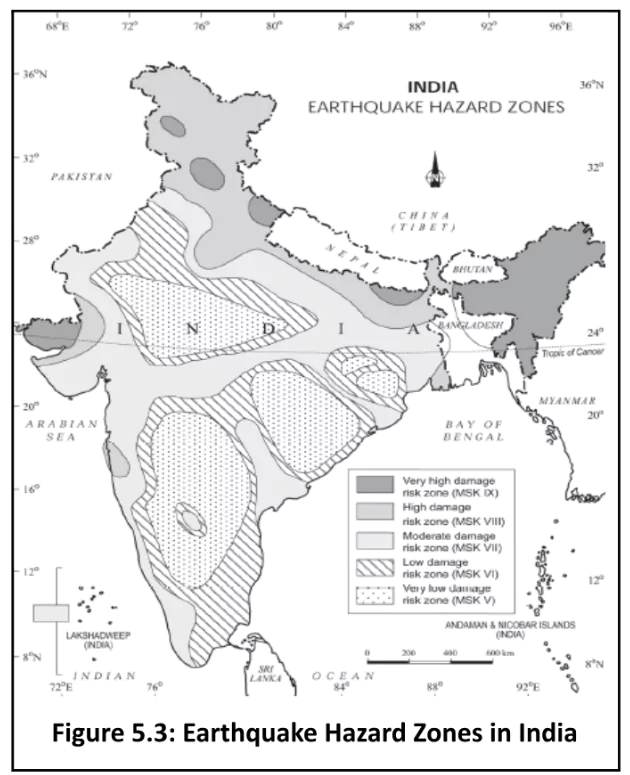![]() June 24, 2024
June 24, 2024
![]() 2611
2611
![]() 0
0
Disasters, like earthquakes and tsunamis, disrupt communities, causing extensive damage beyond their ability to cope. They result from hazards, vulnerabilities, and limited capacity to manage risks. Understanding these terms is crucial to prepare for and respond to such events.

 Intensity indicates the violence of shaking or the extent (or potential) of damage at a given location due to a particular earthquake.
Intensity indicates the violence of shaking or the extent (or potential) of damage at a given location due to a particular earthquake.
|
| Must Read | |
| Current Affairs | Editorial Analysis |
| Upsc Notes | Upsc Blogs |
| NCERT Notes | Free Main Answer Writing |
Earthquakes, sudden shifts in the earth’s crust, and tsunamis, large ocean waves, pose significant threats. India, particularly prone to earthquakes and tsunamis, has measures in place, like seismic zoning and joining the International Tsunami Warning System, to mitigate risks and enhance preparedness.
| Related Articles | |
| Interior of the Earth: Crust, Mantle and Core | ENVIRONMENT |
| Volcanoes: Origins, Characteristics, and Distribution | Disaster Management in India – Types, Impact and Challenges |
<div class="new-fform">
</div>
Latest Comments